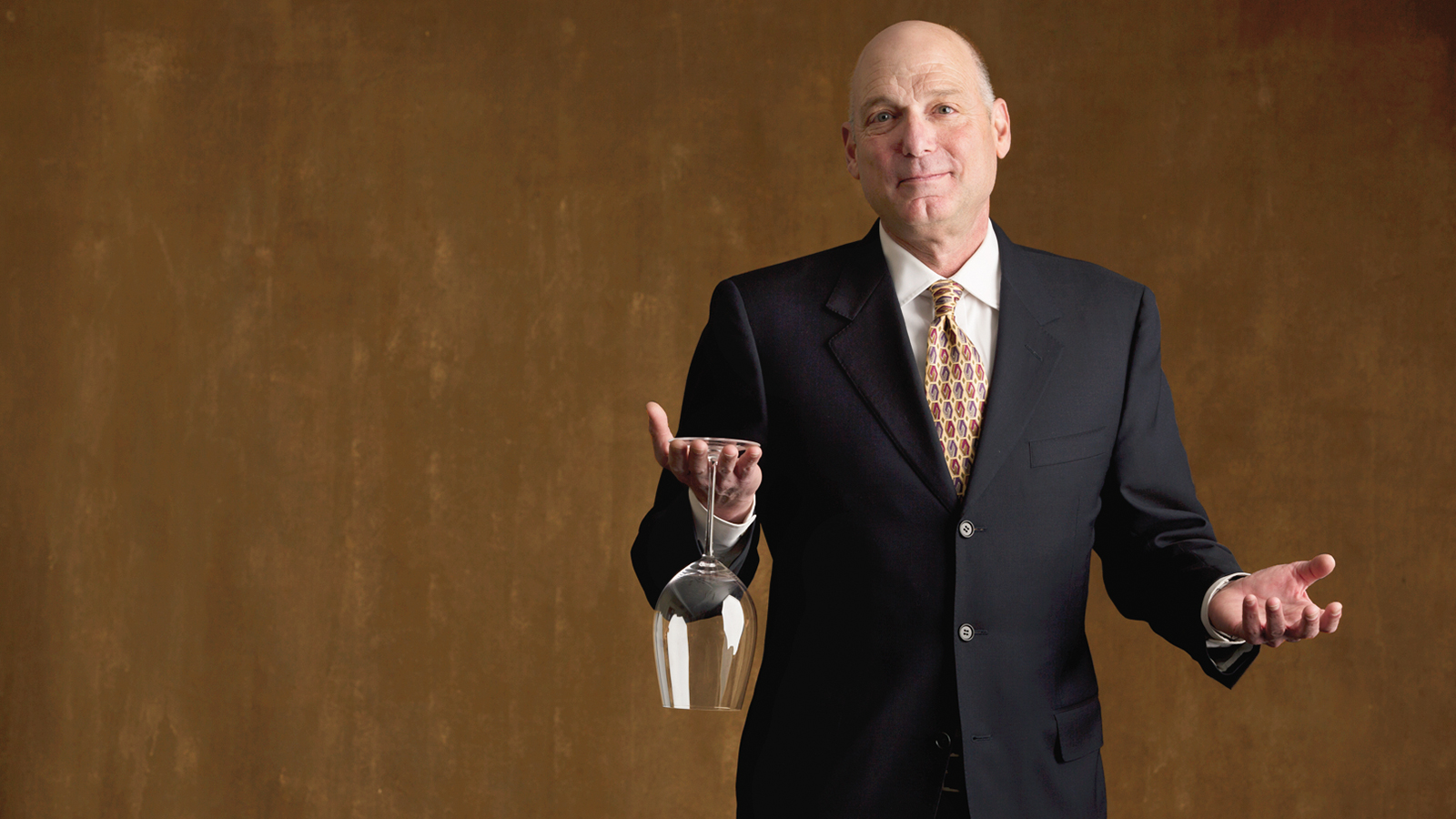With more than 18,000 acres of Cabernet planted in Napa, the varietal truly reigns as King, but only select vineyards qualify as royalty. Even certain rows and blocks within a small vineyard can become exalted above their neighboring vines just a few feet away. A combination of things contribute to growing the perfect Cabernet – terroir, clone variety, vine spacing, trellising, slope of the hillside, and the microclimate all play their own role. Whatever the mixture, when it comes to producing a take-no-prisoners, palate-stomping Cabernet Sauvignon these vineyards have the right stuff.
To Kalon
If Cab is King, this is where its throne sits. Originally planted in 1868 by Henry W. Crabb, To Kalon is perhaps Napa's most prestigious vineyard. The name is Greek for "highest beauty" and many consider To Kalon on par with the first growth vineyards of France. Elite wineries like Opus One and Far Niente have designated blocks here, along with Mondavi; meanwhile Andy Beckstoffer grows some of his most prized grapes here.
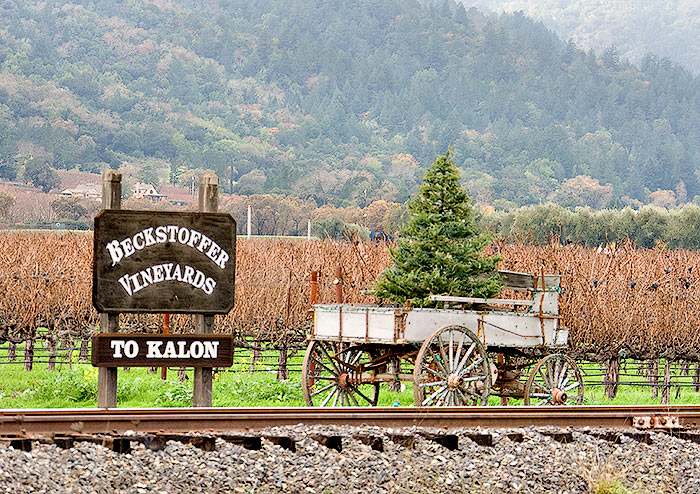
"If an American vineyard were ever given the title of 'first-growth,' To Kalon would be in first place."
– Fred Schrader
Ownership of the To Kalon vineyard is split between Robert Mondavi Winery and Andy Beckstoffer, who purchased 89 acres and replanted the vines in 1993. Beckstoffer fought to secure rights to use the name "To Kalon" and sells fruit from the vineyard based on a sliding scale relative to the bottle price, which he stipulates must start at $125. That translates to a starting price of $17,500 per ton and soars to $50,000 per ton for a producer selling a $300 bottle.
Noteworthy producers include: Alpha Omega, TOR, Robert Mondavi (we recently offered a beautiful Mondavi To Kalon Reserve), Carter, Macauley, Chateau Boswell, Morlet, Schrader
Herb Lamb
The Herb Lamb Vineyards occupy a tiny 5-acre plot on a remote hillside just below Howell Mountain. Herb and Jennifer Lamb purchased the 7-acre property in 1987 and planted vines the following year. At an elevation of 800 feet the vineyard faces the northeast and benefits from its own unique microclimate.
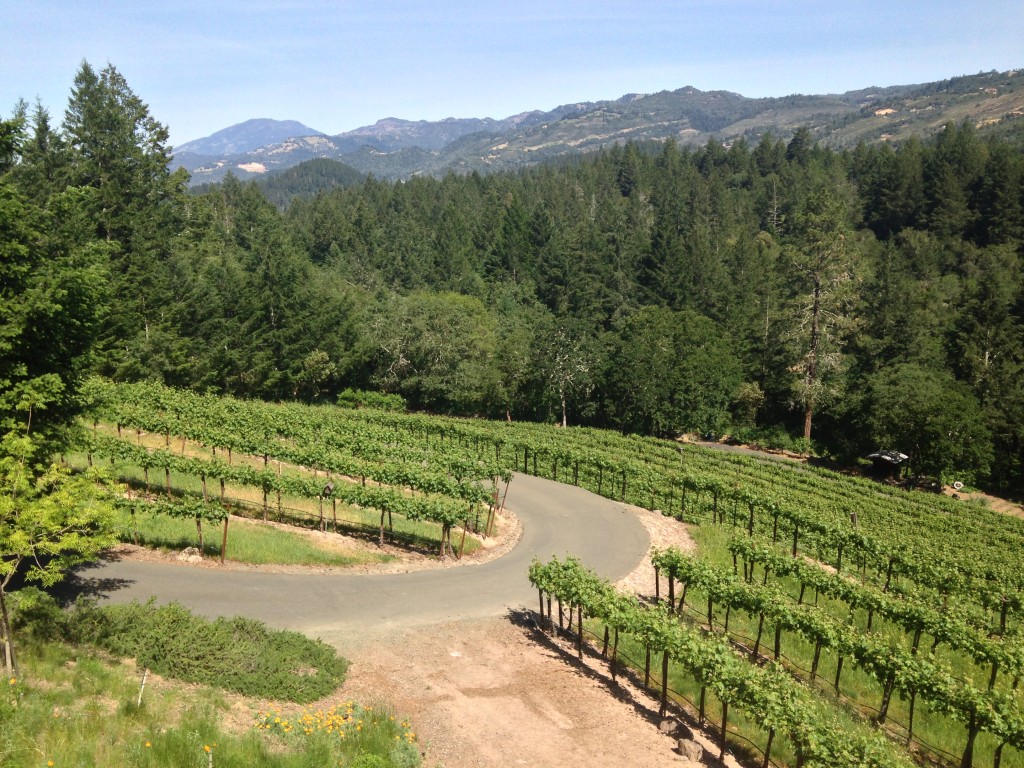
Though not nearly as large or old as the To Kalon vineyard, the grapes sourced from here are almost as prized. After 10+years of growing, Herb Lamb says they know the exact "sweet spot" – 13 rows in the center of the vineyard which they use produce a single premium Cabernet each year under the HL label. Karl Lawrence and Colgin were among other lucky producers who sourced fruit from this here for some of their most prized wines.
Noteworthy producers include: Herb Lamb, Colgin, Turley, Trujillo.
Marthas Vineyard
Most people think of the quaint, upscale island off the Massachusetts coast when they hear this name, but Napa natives know better. Tom and Martha May have owned this prestigious vineyard since 1963 and what began as a tongue in cheek joke to name it "Martha's" Vineyard eventually stuck, and today it remains. Located on the western side of Napa, just south of Oakville, this 34-acre vineyard is home to a prized clone of Cabernet known for its clusters of small berries with intense flavor. Soon after buying it they forged a great friendship with the Heitz family that would result in the production of one of the producer's greatest hits.
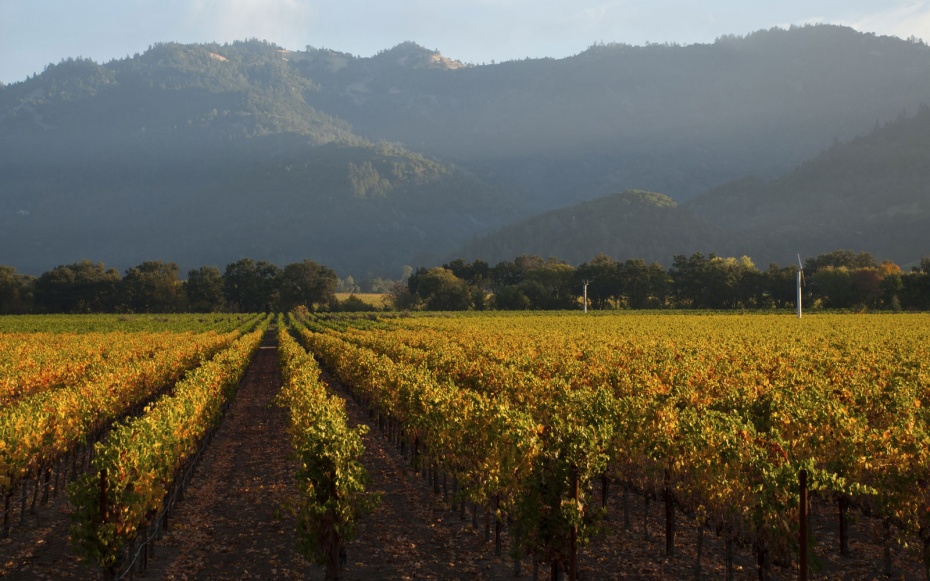
Noteworthy producers include: Heitz
Beckstoffer Georges III
Primary documents show Mr. Thomas Rutherford first planted this vineyard in 1895, and it was soon purchased by Georges de Latour, who used it to supply grapes for their Rutherford Cabernet made by Andre Tchelistcheff. In 1988 Andy Beckstoffer sought to capitalize on that prestige and purchased the 300-acre vineyard, replanting it with select Cabernet clones and using tighter spacing with advanced trellising techniques to take things to the next level.

Noteworthy producers include: Bell Cellars, Bryter Estates, Hunnicutt, Keating, Schrader
Beckstoffer Dr. Crane
Compared to some of his other holdings, Beckstoffer's Dr. Crane vineyard is rather small at just 25 acres.Located next to an old riverbed in a residential part of St. Helena, the soil here is gravelly, loamy and well-drained. Coupled with a slightly warmer microclimate, the vineyard produces extremely complex and concentrated fruit. After purchasing it, Beckstoffer replanted it with a variety of Bordeaux clones and wines produced from here have garnered numerous 100-point scores over the years.
Noteworthy producers include: Alpha Omega, Realm, B. Cellars, Myriad, Arrow & Branch
Beckstoffer Missouri Hopper
Located in the highly coveted Oakville AVA, where cult producers like Dalla Valle and Screaming Eagle call home, the Missouri Hooper vineyard was planted with Cabernet and Merlot vines after Andy bought it in 1996. Like the Dr. Crane vineyard, it's relatively small compared to his other holdings at just 45 acres, but producers like Alpha Omega, Arrow and Branch, and Bure turn out plenty of 90+ point Cabs from there.
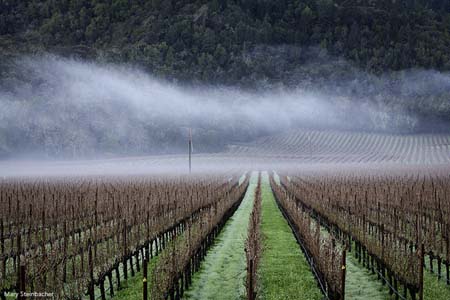
The soil is mostly Bale clay loam, settled over the years from the Mayacamas Mountains and 31.5 acres are dedicated to growing two unique Cabernet clones, #337 which has larger clusters that produce softer, rounder tannins, and #4 which yields smaller berries with a big tannic backbone. Wineries that source fruit from here are limited to purchasing just 10 rows each.
Noteworthy producers include: Alpha Omega, Bacio Divino, Bure Family, Morlet, Hess Collection, Venge Family
Pedregal Vineyard
In 2008 Ramey Cellars secured a long-term lease on this small hillside vineyard is located in the lower portion of the Oakville AVA. In Spanish, "Pedregal" means "rocky" and that's an apt name for the location, where a small mixture of iron rich red soil sits atop basalt rock. Ramey uses fruit from here to supply their high-end Pedregal Vineyard Cabernet.
Noteworthy producers include: Ramey
Showket
After purchasing this vineyard in 2009, Peter Michael's winemaker said "I think Peter Michael is now complete" – Facing due west and perched at 600 feet elevation in the middle of prime Cabernet territory, the territory is flanked by top producers like Rudd, Screaming Eagle, Oakville Ranch, and Dalla Valle. In the past, the Showket Vineyard was a coveted spot for producers such as Bevan Cellars, but after the purchase it seems they no longer have access to future harvests.
Noteworthy producers include: Showket, Bevan, Peter Michael
Morisoli
Owned by Gary and Melody Morisoli, this special vineyard sits near the base of Mount St. John in the Rutherford AVA and produces some compelling wines for Elyse, one of our favorite producers. Only two varietals are planted here, Zinfandel and Cabernet, and they thrive in the light, dusty soil.
Noteworthy producers include: Elyse, Amici, V. Sattui, Fifty Rows, Artesa
Stagecoach Vineyard
Posted above the fogline on the eastern side of the valley stretching from the edge of Pritchard Hill to the westernmost part of the Atlas Peak appellation, Stagecoach is the largest contiguous vineyard in the Napa Valley. Owned by the Krupp Brothers, it spans 1,300+ acres, of which 650 are planted mostly with Cabernet. With more than a dozen Cabernet clones planted here, there's plenty to choose from and while other locations on the list are limited by their small size, at least 30 wineries use the Stagecoach name on their wines.
Noteworthy producers include: Arrow & Branch, Arkenstone, Caine, Miner, Chappellet, Paul Hobbs, MacLaren.
